Talk given at Fairhall House, Melbourne, 25 June 2014.
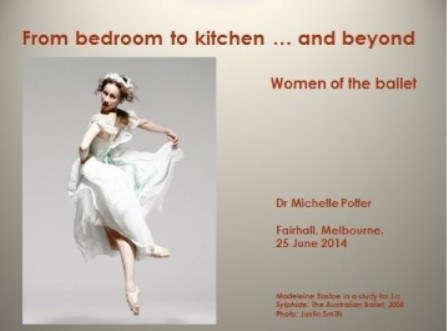
Talk given at Fairhall House, Melbourne, 25 June 2014.

My biography of Dame Margaret Scott is now in the editing and design phase and is scheduled for release in October 2014. I originally interviewed Dame Margaret for the National Library’s oral history program in 1993 and, while that interview provided a skeleton plan, there was much more to discover, or at least many details to investigate further. And who would have thought I would find material in the Imperial War Museum in London, or the Australian Institute of Aboriginal and Torres Strait Islander Studies in Canberra? But I did. Dame Margaret’s life is quite remarkable, apart from the role she played in the establishment of the Australian Ballet Foundation and as inaugural director of the Australian Ballet School.

The commission to write the book came unexpectedly and I had a very short time in which to complete the manuscript. But what an exciting journey it has been so far. It has meant, however, that posts to my website have been a little meagre over the past few months. I hope to rectify that situation shortly.
It was a real, pleasure to see two dance leaders honoured during June. Cheryl Stock was awarded an AM in the Queen’s Birthday honours list and Louise Howden-Smith was the recipient of the West Australian of the Year award for arts and culture.
Stock is Associate Professor in the Creative Industries Faculty at Queensland University of Technology, Brisbane. Before turning to academia, she had a distinguished career as a dancer, choreographer and artistic director with a wide range of companies in Australia and elsewhere.
Howden-Smith made a major contribution to dance over a ten year period as executive director of West Australian Ballet. I have happy memories of her generosity to the media during those years. She is now director of Ochre Contemporary Dance Company, founding director as it happens. The company aims to promote Aboriginal culture through contemporary dance.
It was also good to see that Philip Piggin, who has been involved with community dance in the ACT for many years now, received a 2014 Churchill Fellowship to travel to the USA and the United Kingdom to develop skills and experience in teaching dance to people with Parkinson’s disease.
‘Shadowland showcases masters of movement.’ The Canberra Times, 25 June 2014, ARTS p. 6.
Michelle Potter, 30 June 2014
It seems that the Australian Ballet will be bringing back Maina Gielgud’s production of Giselle in 2015. Gielgud’s web page indicates that she will be in Australia from late 2014, firstly teaching in Perth, Brisbane and Melbourne and then working on staging Giselle for the Australian Ballet.
This news sent me looking at some of my favourite, easily available online images from Giselle. I didn’t have the opportunity to see Natalia Makarova and Mikhail Baryshnikov in the Ballet Victoria production of 1975. But some of my favourite Giselle photos come from that production, an amazing event when one considers that Makarova defected in 1970 and Baryshnikov did so in 1974 and here they were in Australia in 1975 so early in their careers in the West. Walter Stringer’s photos are often slightly blurry but I think he has captured something of the quality of the performance.
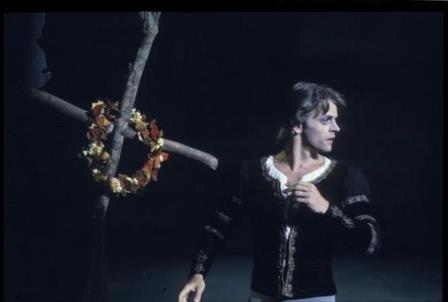
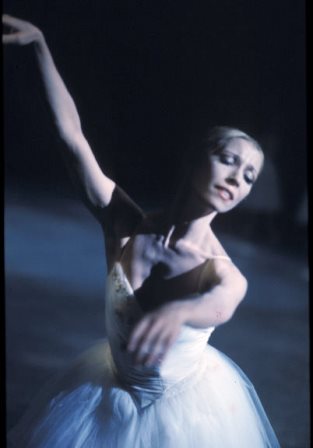
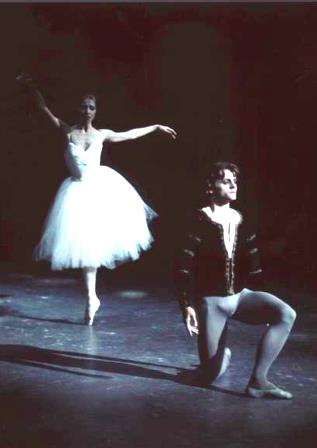
In the meantime, Graeme Murphy has been in South Korea workshopping a new version of Giselle. It seems that we won’t see this production in Australia, at least not in the short term. The idea of a Murphy reworking is tantalising and I can’t help wondering why a ballet company in South Korea had the prescience to commission it rather than the Australian Ballet.
I love to see a high quality ‘traditional’ version and still sigh over the Paris Opera Ballet’s production we saw in Australia in 2012. But the most moving production I have ever seen was created by Sylvie Guillem in 1998 for the Finnish National Ballet, which I saw in 2001. On the surface it certainly wasn’t a traditional Giselle, as the photo below indicates, although anyone familiar in the slightest degree with the ballet will recognise the dance sequence from Act I shown here. Below the surface though, I found that not only did it pull at the heart strings but it was deeply and intellectually satisfying as well.
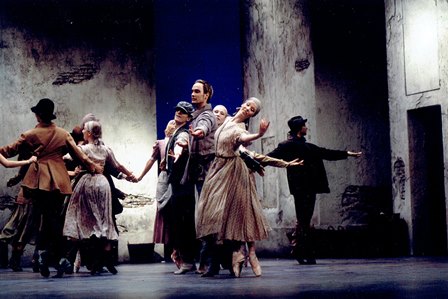
I wrote about the Guillem Giselle in 2001 for Brolga, then an old-fashioned print journal. I declined to give permission for it to be digitised by Ausdance when they began digitising back issues, but here is a section from it.
Guillem as producer and choreographer (after Coralli-Perrot-Petipa according to the program), reconceived the ballet according to her wish for it to be a work that would evoke both the past and the present, and that would be meaningful to contemporary audiences. In program notes she stated:
‘Giselle’s story is a timeless one. To die of love, not so much for a man as for loss of love. Naturally the texts by Théophile Gautier and Heinrich Heine clearly laid down the basic intentions. Over the years, these intentions have been buried beneath set choreographic habits, mainly with regard to gesture, thereby becoming a sort of incoherent language expected to “speak” the story … I wanted to rediscover Giselle and make the blood flow again in the veins of the various protagonists’.*
And elsewhere she is quoted as saying: ‘Even if Giselle hadn’t had a heart attack, the ballet was dying by itself. It was becoming more and more stupid, without any sense’.**
Strong words from Guillem. We know the Gielgud production. As for the Murphy version … we will have to wait.
Michelle Potter, 15 June 2014
NOTES:
* Sylvie Guillem, ‘Waiting for curtain-up’. Program for Giselle, Théâtre du Chatelet, Paris 2000–2001, p. 12.
**Debra Crane, ‘Made for fame’. Dance Now, vol. 9 (No. 4, Winter 2000–2001), p. 16.
I am working on making available in full my article from Brolga and will include it in my dance diary for June.
The National Gallery of Australia’s exhibition, Ballets Russes. The Art of Costume, which was shown in Canberra from December 2010 to March 2011, is opening in Tokyo on 18 June at the National Art Center. Installation is underway and the exhibition will be on display until early September 2014. Some new acquisitions, material not seen in the Canberra exhibition, will be part of the Tokyo show.
Did the Ballets Russes companies visit Japan? No, but there is considerable interest in Japan in the legacy of those companies, which was worldwide. It is of interest too that the influence of Japanese art on many of the artists working in Europe around the time that Diaghilev was taking Paris by storm was exceptionally strong. I look forward to reporting on how the show has been curated in Tokyo. It is always an experience to see familiar items in a different setting.
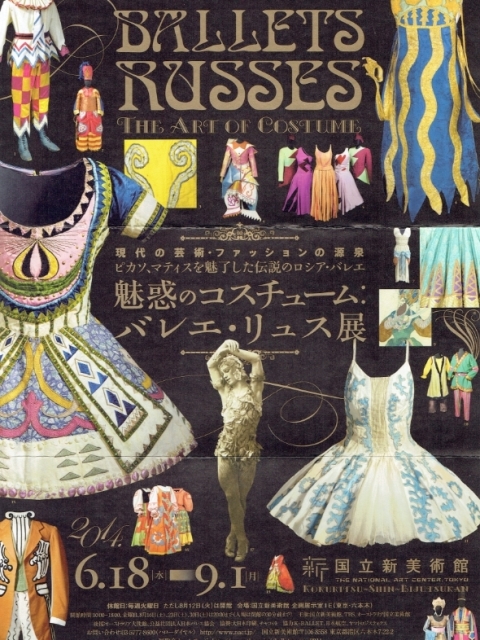
The progress of the hang can be seen on the National Art Center’s website by opening up the Facebook link at the bottom left of this page. [Update October 2020: Facebook link no longer available]
Michelle Potter, 11 June 2014
A few months ago I mentioned very briefly a project being developed by film maker Philippe Charluet in conjunction with Sydney Dance Company to preserve the choreography of Graeme Murphy, which he made as artistic director of the company over more than 30 years. Well, the project is now official and has been announced as part of Sydney Dance Company’s 45th anniversary celebrations. Sydney Dance Company says:
‘Sydney Dance Company is excited to announce that work has commenced on the editing and digitising of film and video recordings of some of the major works created by long-standing Artistic Director, Graeme Murphy AO and his Creative Associate, Janet Vernon AM.
The Heritage Collection will include re-mastered films of many full length evening works created by Murphy on the Sydney Dance Company ensemble during his 31 year tenure from 1976 to 2007, in addition to a new documentary resource of Murphy in conversation, interweaving a myriad of interviews filmed over a period of thee decades, with new footage in which he reflects on his body of work’.
What a treasure this will be for us and those who follow us in the future.
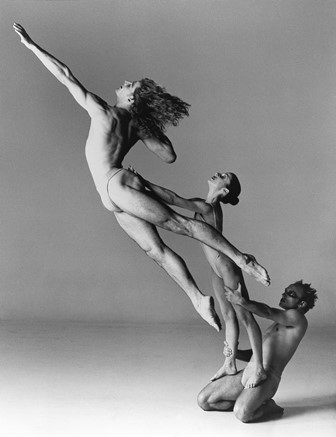
Here is another image from the Pamela Vincent album of photographs from the Ballet Rambert’s tour to Australia and New Zealand 1947–1949. Pamela Vincent was courted in Australia by Douglas Whittaker, principal flute player in the orchestra that accompanied the Rambert company. They married in England.
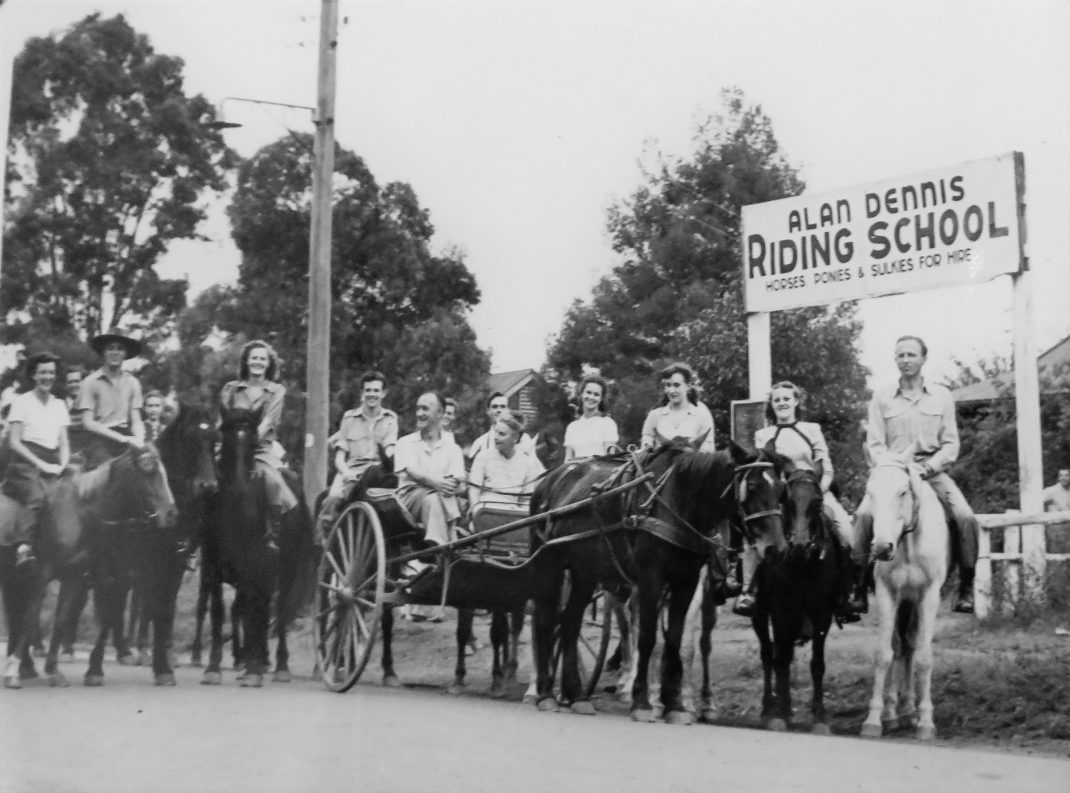
I was interested to find this link to a comment on Serge Diaghilev’s interest, which grew in intensity towards the end of his life, in rare books.
‘Fresh flavour but a little flat’. Review of Don Quixote, Imperial Russian Ballet. The Canberra Times, 7 May 2014, ARTS p. 8.
Michelle Potter, 31 May 2014